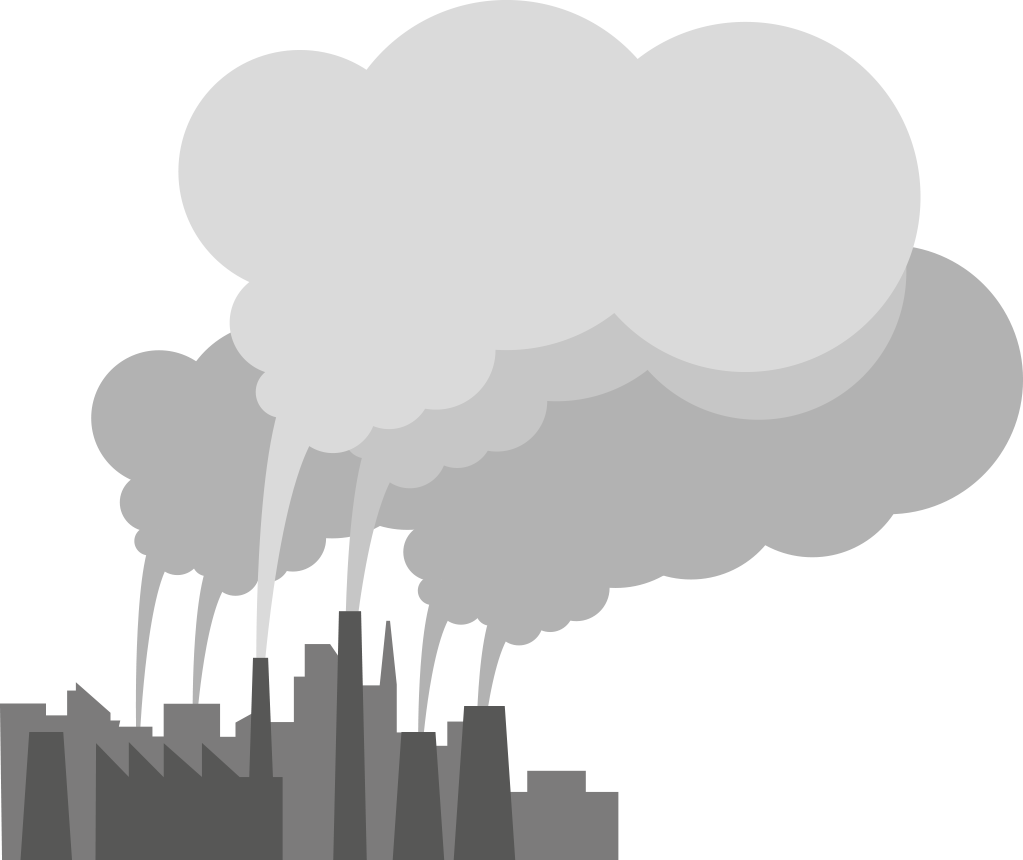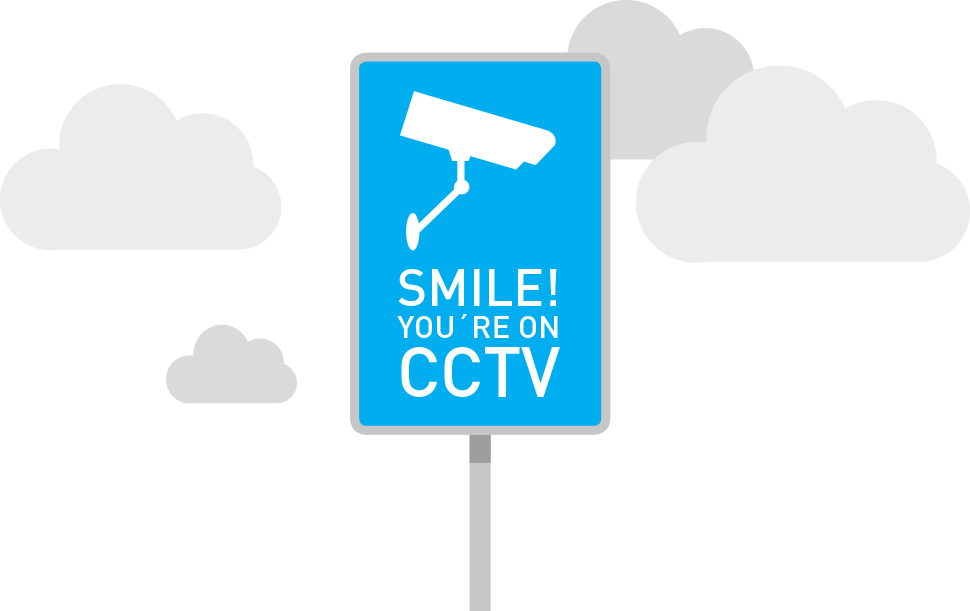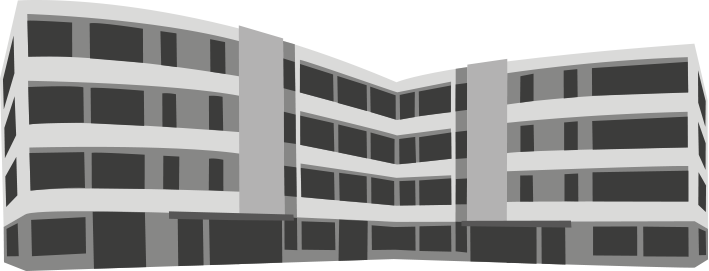IoT World
Saving the world with Environmental Monitoring. With one sensor at a time.
Environmental Monitoring tracks and shows all the values that make up the immediate or wider environment around us. We are talking about an extremely high number of values, data and potentially sensors.
Possible areas of application are the interior (offices or the own home), as well as the exterior, whether it be the own garden or an entire urban region. Everything is captured that shows how the world around us behaves and can possibly be controlled. Thus Environmental Monitoring has connections to other areas that typically fall under the generic term IoT, such as Smart City or CCTV.
IoT and fine dust. Let’s save the world:

A bold statement. But being able to understand what there is to know about the air in our cities is certainly a good start. Talk about particulate matter: Fine dust, or particulate matter can either be of natural origin or produced by human activity. If dust particles arise directly from a combustion process, they’re called primary fine dusts.
Secondary fine dusts are created by complex chemical reactions from gaseous substances in the atmosphere. Notable man-made sources of fine dust are: motor vehicles, heating systems, bulk materials handling, and certain industrial processes. In urban areas, road traffic is an important source of particulate matter. Another vital source is agriculture.
For many years, monitoring networks have been carrying out area-wide measurements of particulate matter of particle size PM10 and PM2.5. The measuring network density is particularly high in metropolitan areas. And this applies not only to the major cities of Asia, but increasingly also to urban areas in Europe and North America.
IoT and agriculture: IoT can make
agriculture smarter in a meaningful way!
There are numerous areas of application for IoT in agriculture and the food industry.
Here are a few key terms that you might come across again and again:
![]()
Precision Farming
is a method that pursues the goal of managing agricultural land in a site-differentiated and targeted manner. Precision Livestock Farming extends this area to livestock farming.
![]()
Variable Rate Technology
is a subdivision of Precision Farming and a method for site-specific or partial-impact soil tillage using DGPS and other technologies.
![]()
Smart Irrigation
is designed to improve the efficiency of water consumption in order to reduce it and conserve resources.
![]()
Yield monitoring
serves, among other things, to monitor the grain flow, moisture content and total harvest.
![]()
Farm Management Systems
provide farmers and the shareholders of large farms with insight into all processes and the ability to optimize and control them accurately.
One example from
the wine industry
More and more winegrowers are relying on sensors distributed throughout the vineyards to send environmental data, information about the composition of the leaves and drone images to cloud platforms. There they are visualized and offer a better overview and serve as planning basis for the daily work. Analyses, for example with Power BI and with the help of Cognitive Services, create additional added value and forecasts for the condition of the vineyard. Wine growers can therefore not only better plan their day-to-day work, but also know that their vines and grapes are always well protected. The design of the sensors in this area is surprisingly broad and goes as far as so-called "Leaf Wetness Sensors", which, as the name suggests, measure the representative moisture on the vine leaves.
IoT and CCTV. To understand or to control?
No area of Environmental Monitoring or Smart City is as polarizing as CCTV. CCTV stands for Closed Circuit Television, and "Closed Circuit" indicates that the images from CCTV cameras are transmitted to a limited number of receivers. By referring to the "closed line", CCTV broadcasts are distinguished from public television, whose images can be viewed by a vast audience. In modern systems, digital cameras that are connected to a computer via a TCP/IPnetwork (IP cameras) are normally used. Special video surveillance software can be added for other functions such as motion detection, face tracking and data storage. Most surveillance cameras are equipped with either a CMOS or a CCD sensor, each of which depends on light for image generation.
CCTV is anything but new. The first television surveillance system was installed by Siemens in 1942 on the test stand VII in Peenemünde to monitor the launch of the A4 rockets. However, the concrete use cases in the focus of safety aspects, Environmental Monitoring and Smart City planning are. As so often, it depends on the people who make broad use of the technology.


Monitoring the Paessler headquarters
As already shown above, Environmental Monitoring has numerous links. An exciting one is the environment in which many people spend at least 8 hours a day: the office. Since we at Paessler moved all to our new headquarters in Nuremberg more than two years ago, we have wanted to implement a facility-wide temperature and humidity monitoring system.
Here you can read how we have integrated Environmental Monitoring into our headquarters, what we have learned and what hints we can give you if you are planning a similar project. Smart Office is not a theoretical thing of the future. It is already there.
Why monitoring?
Environmental monitoring already carries monitoring in its name, which is why a detailed argumentation is probably obsolete here. Understanding the environment and all data without good monitoring at hand would be like using a PC without a screen.
With IoT, PRTG operates at the threshold of conditional monitoring and contextual monitoring. It can be purely about monitoring the functionality of sensors ( for example with CCTV), but frequently it is about recording and understanding the respective measured values.
Have you seen what PRTG can do in the field of city monitoring, for example in Singapore? Do you have another environmental project that produces data which is crucial to extract and understand? Or are you, like us, just crazy about everything IoT can do? Then write to us! We look forward to interacting with you.
